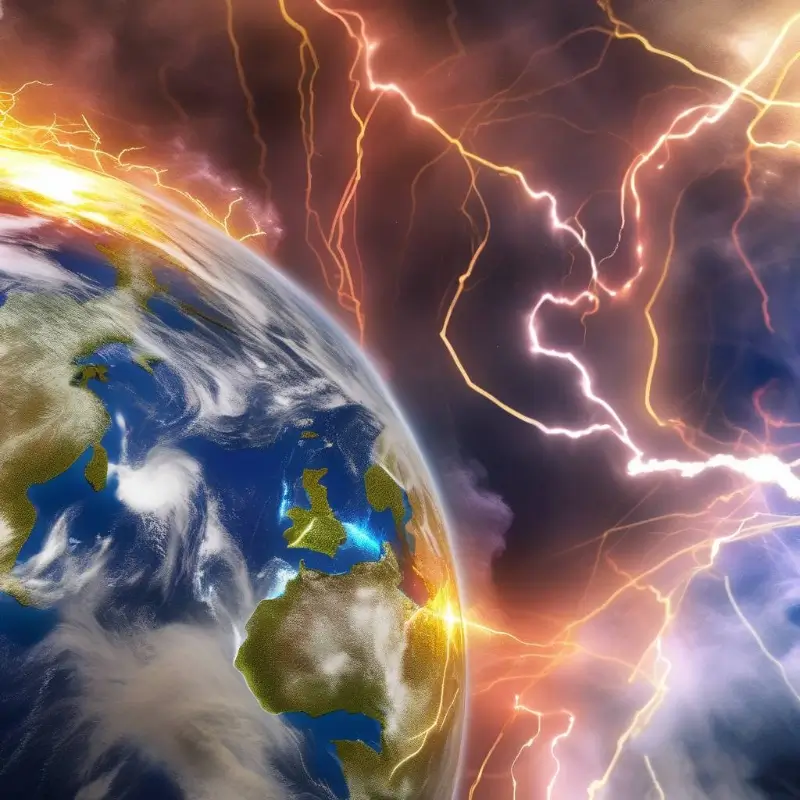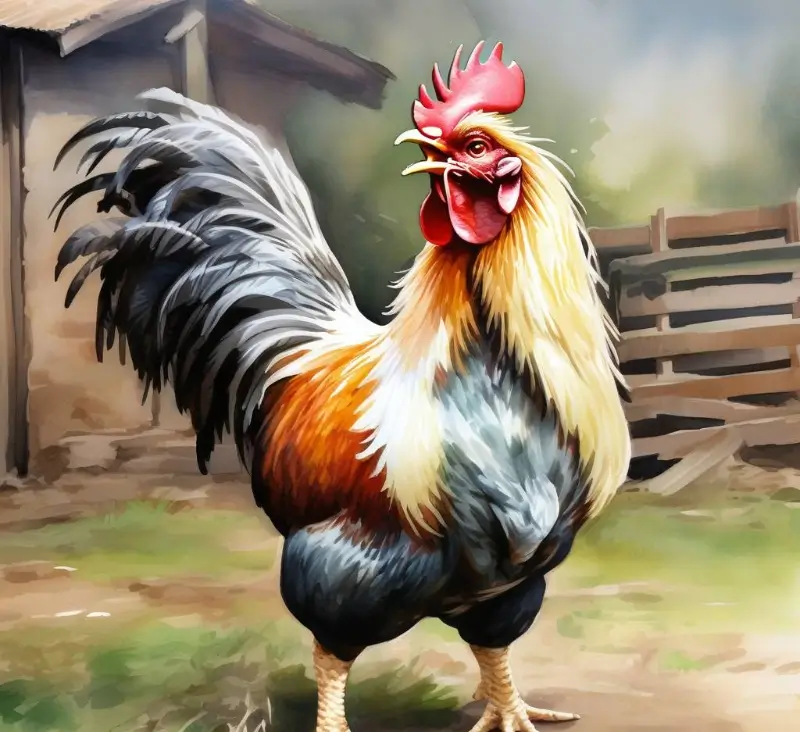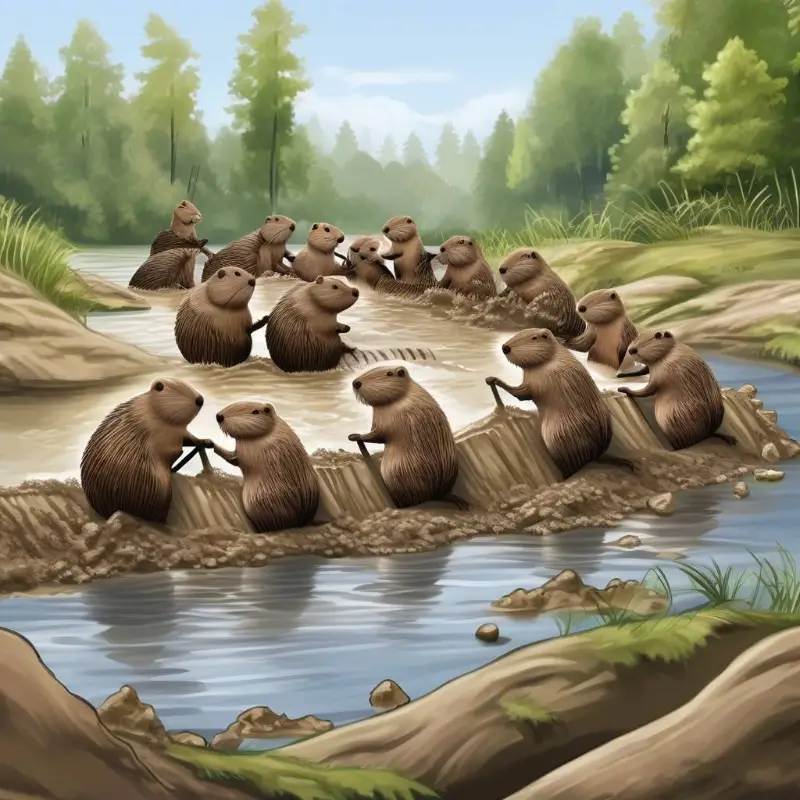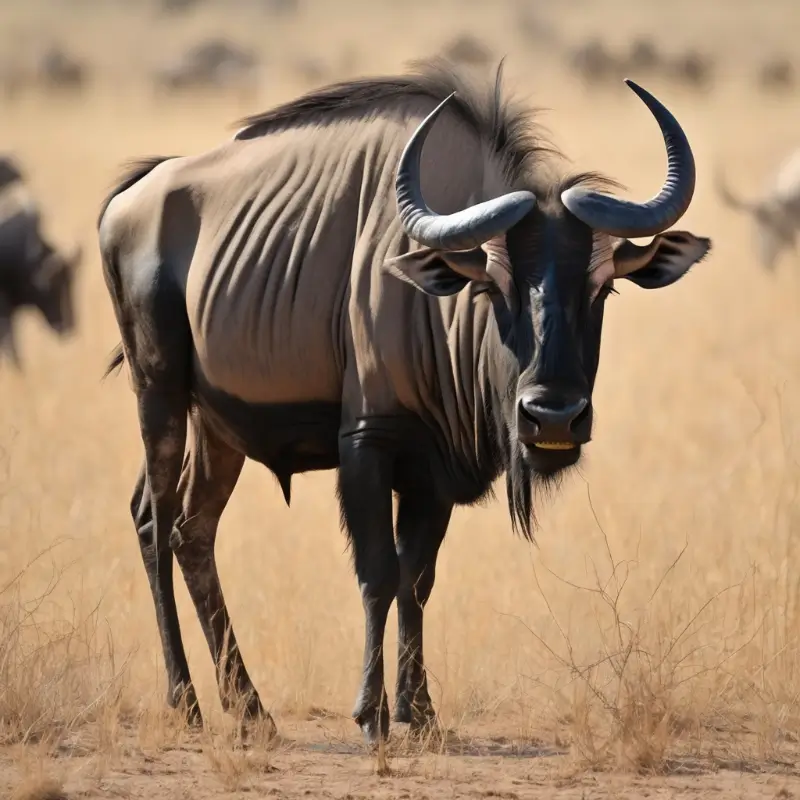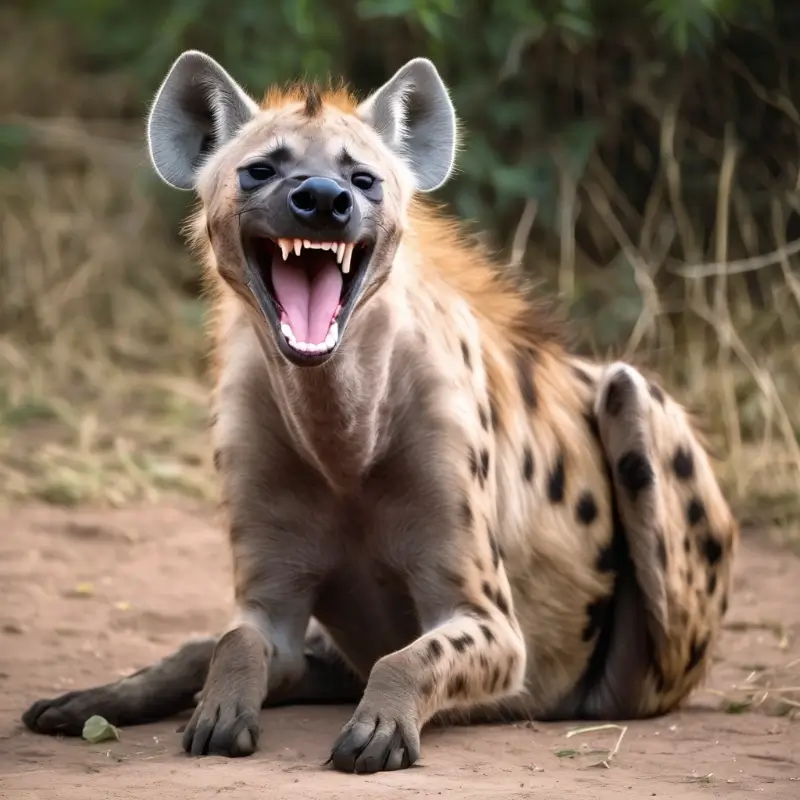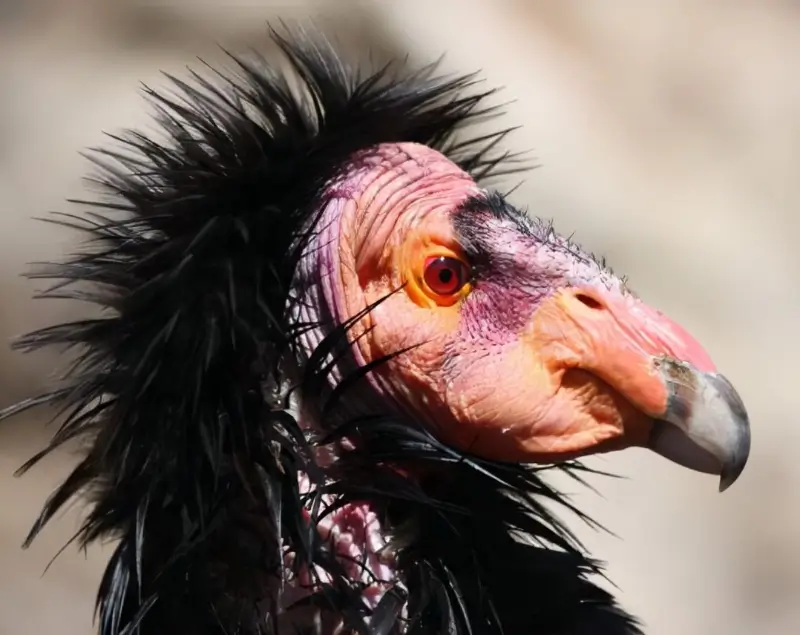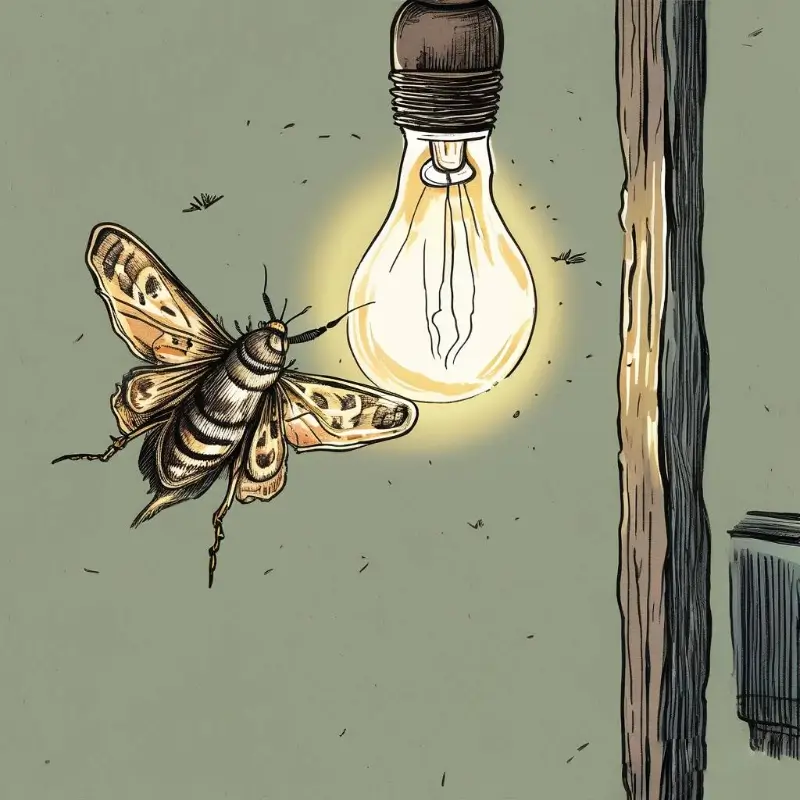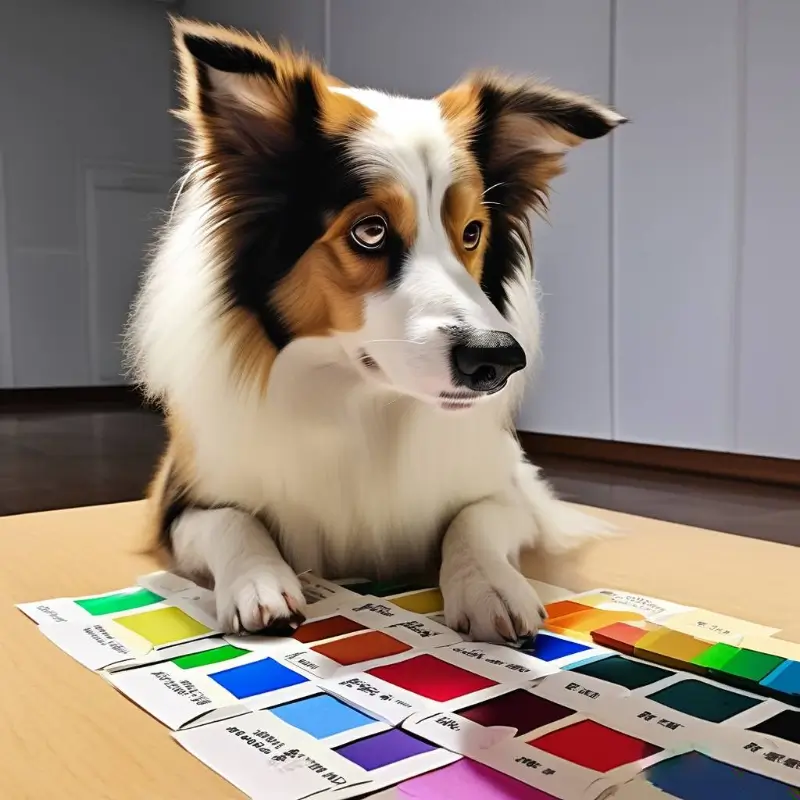why do beavers build dams?
Beavers build dams as a part of their natural behavior and for several practical and survival-related reasons: Overall, beaver dams are a key part of their ecosystem services and play an important role in shaping their environment to better suit their needs for survival and reproduction.
